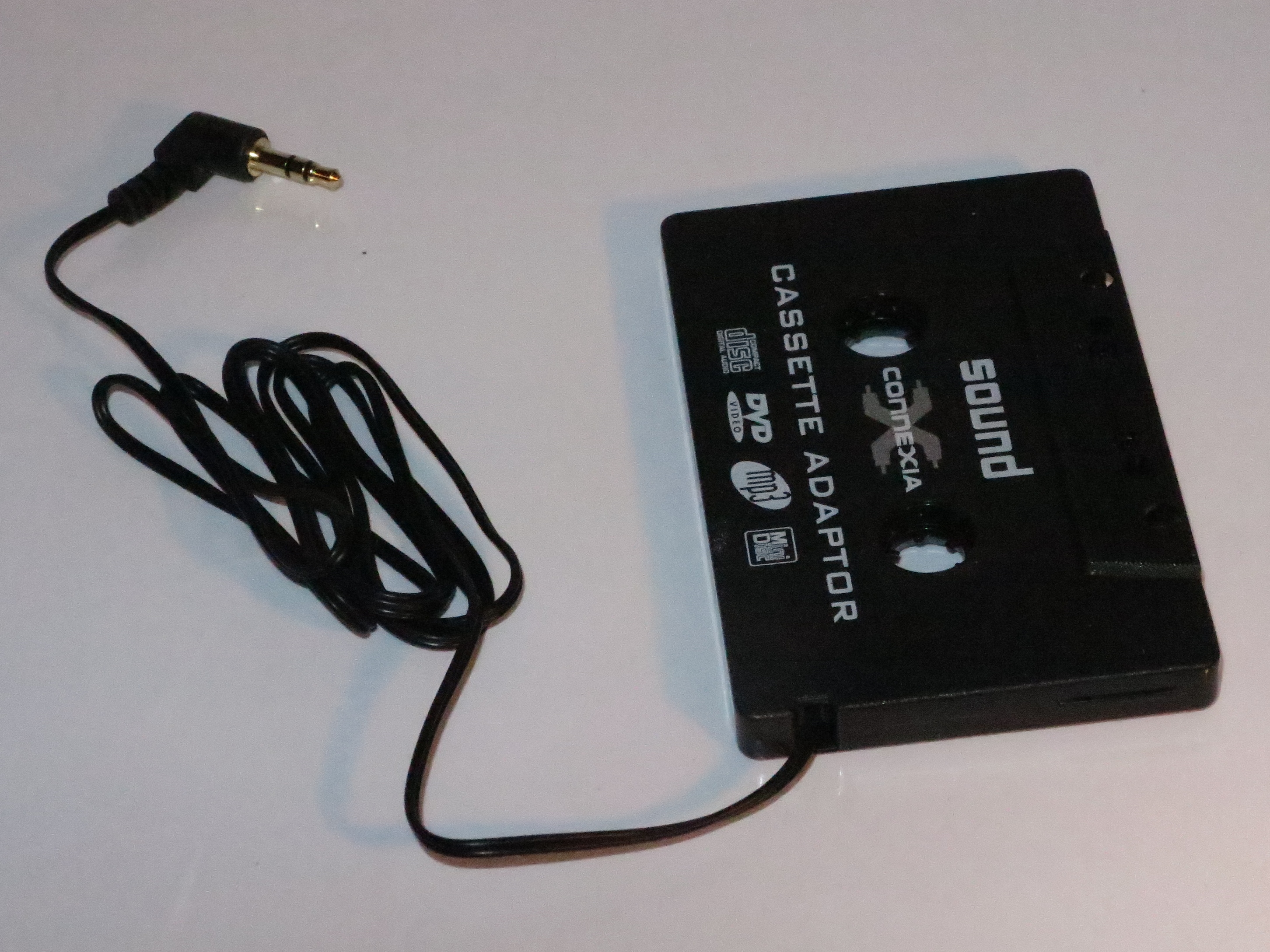BBC NEWS | UK | Magazine | 10 things you didn’t know about Ceefax
My comments on Ceefax, Austext (and teletext services) in relationship to the connected home
People, like myself, who watched what was happening with consumer technology through the 1970s and 1980s may have heard of “teletext”. This technology, which was launched by the BBC in 1974 and Channel 7 Australia in 1980, was a text-based information service that was delivered alongside the television picture in the vertical blanking part of the picture.
Typically, it required a suitably-equipped television set or regular television set used alongside a tuner-decoder box and users were able to bring up pages of information through the device’s remote control which had a numeric keypad. Infact, there have been some devices that connected to or were integrated in a computer that allowed the computer to pull off the information from a teletext service.
The common operating practice was, when you pressed the “Text” button, you saw a menu with a list of pages to go to. These typically had a number after them which you keyed in to the remote control when you want to view them. There was also an “up-down” button so you can “flip” through the pages. In a typical setup, you had a page like 101 or 120 as a “news index” with the stories listed like in the Web or on an RSS feed. Then you could key in the page number to view that story.
The system was primarily intended as a tool for providing user-optional text subtitles for hearing-impaired viewers (and people watching TV in noisy environments). But it has become a “preproduction” showcase of what the Web concept was about. Most often, sports fanatics, especially horse-racing fanatics, used these services to find out what was happening with the sporting fixtures (and which runners to place bets on). In Australia, the Austext service was on televisions installed in TAB betting shops and sports bars. As well, a concept “connected home” in the early 1980s such as one that was established in Milton Keynes had to have a teletext-equipped TV set as part of the equipment that was provided.
One time, I had worked with some friends in helping them follow the New South Wales state election the Austext way. This was through me noting down page numbers for aggregate data and “desired electorates” where their relatives lived. When the TV showed up the pages, it had the latest counts up on the screen for the parties concerned. This was certainly a taste of things to come with following elections on the Web, where you could gain the latest results on Web pages established by media outlets or the state’s electoral offices, sometimes with graphs or coloured maps that reflect these results.
There had been improvements, mainly in the form of “fastext” where you navigate pages using the coloured buttons on the remote control or “TOPtext” where you navigate pages with a DVD menu page experience. But these worked if the TV set was tied in properly with the method of operation.
Some parts of the Web, like the use of RSS feeds and indexes, mimics the classic index pages; and even the news pages and the blogosphere provide the same kind of “fresh updates” that teletext had offered.
This certainly shows that some of the older technologies have laid the foundation for the connected lifestyle.

